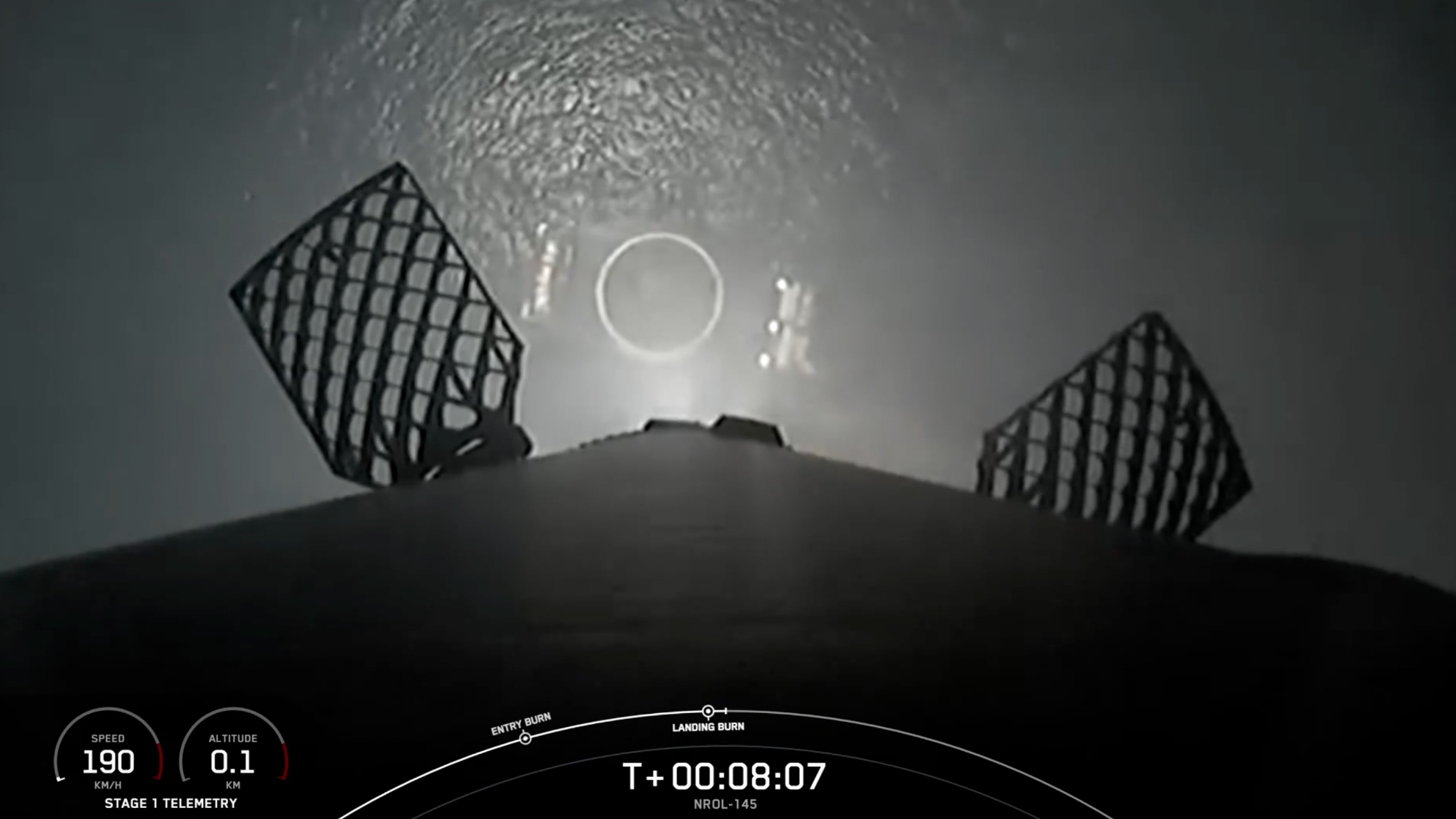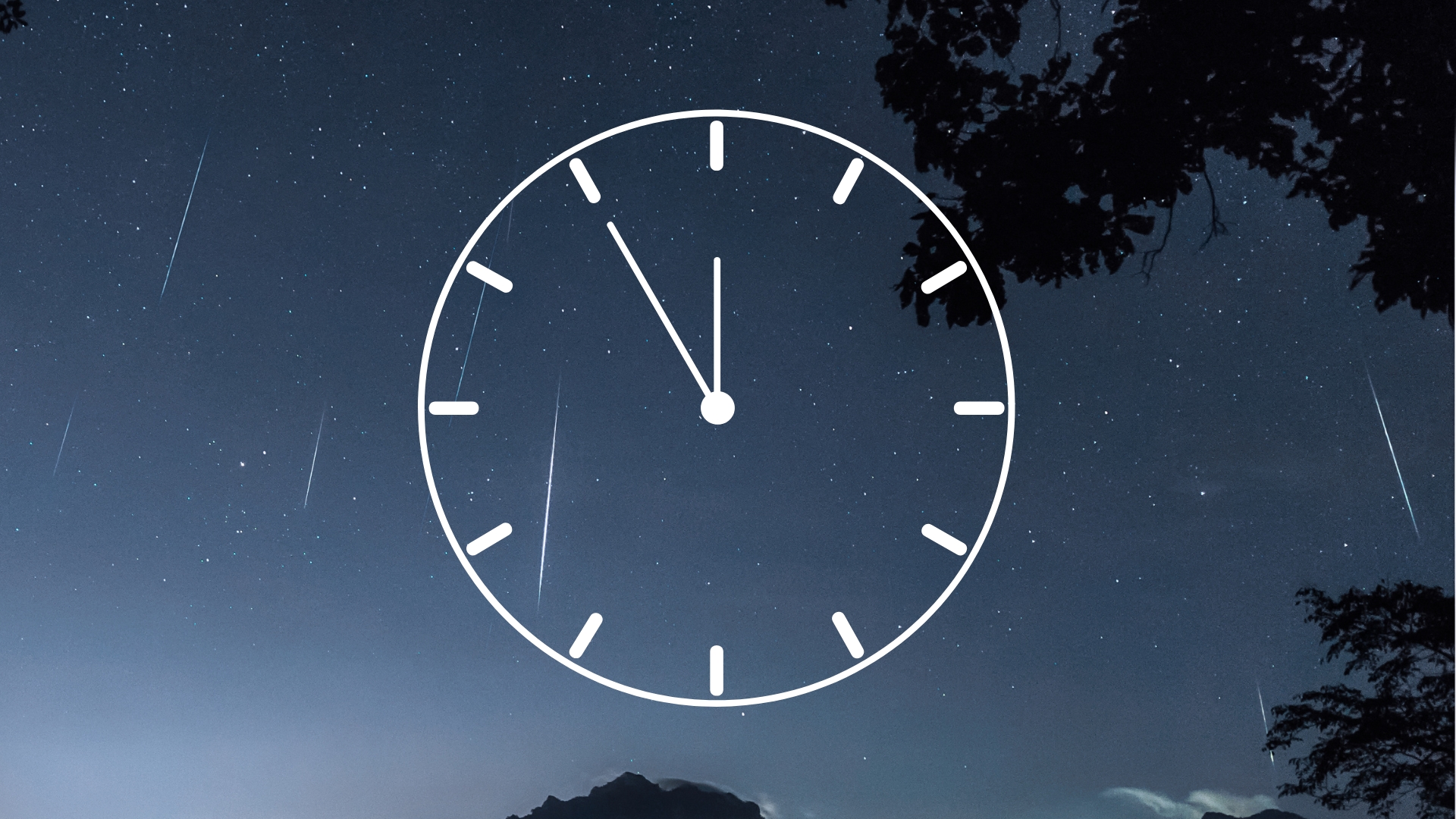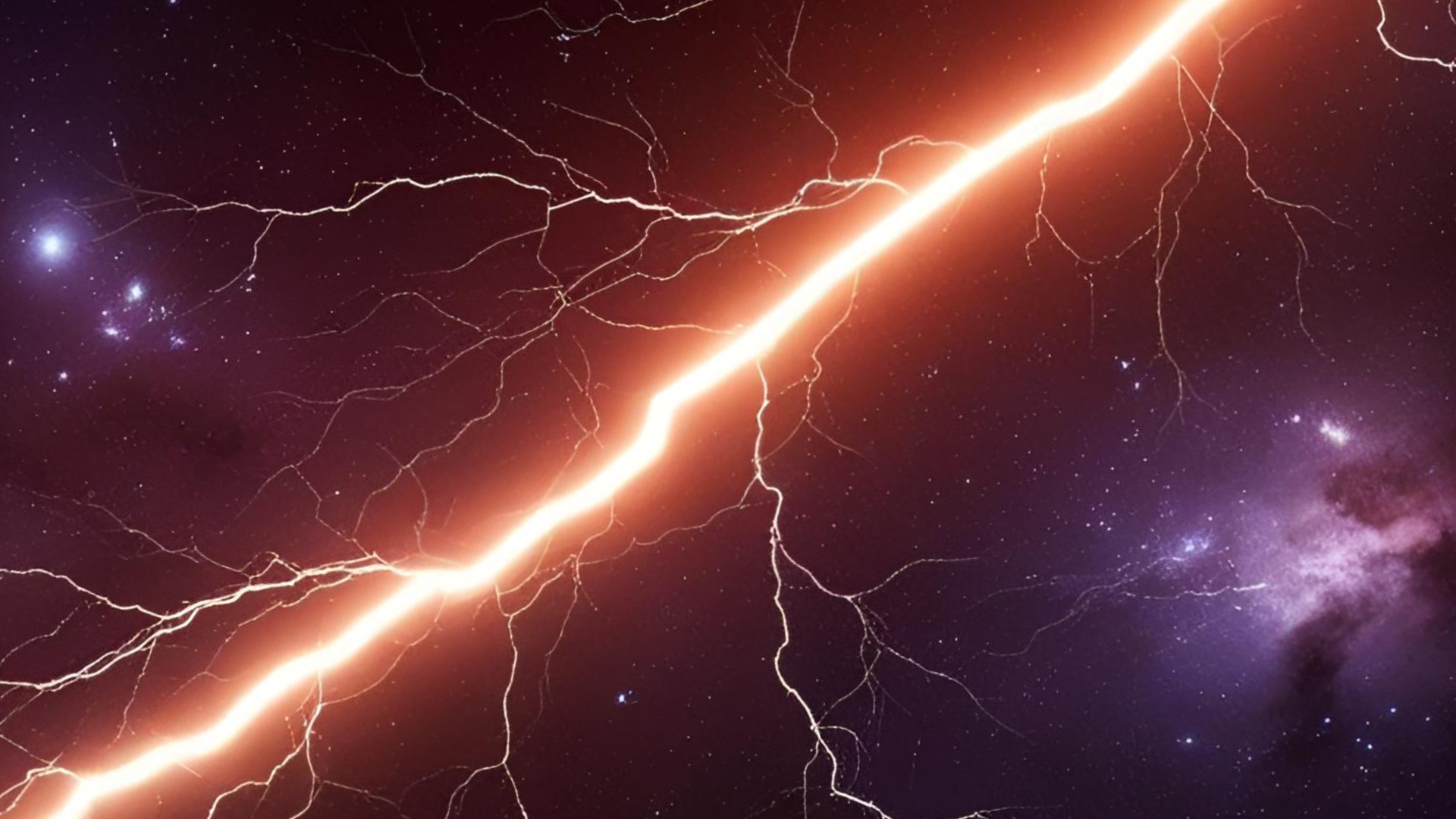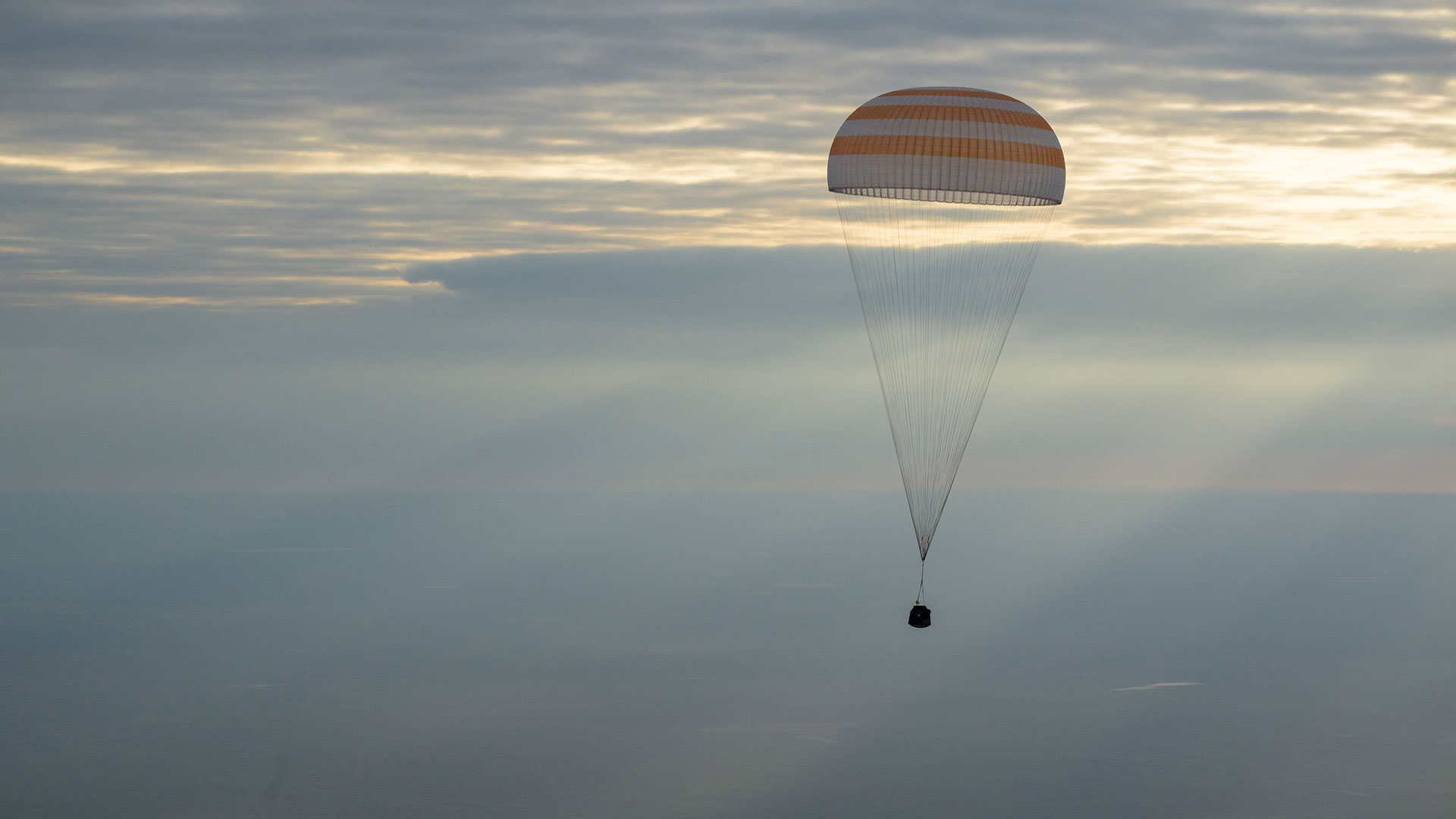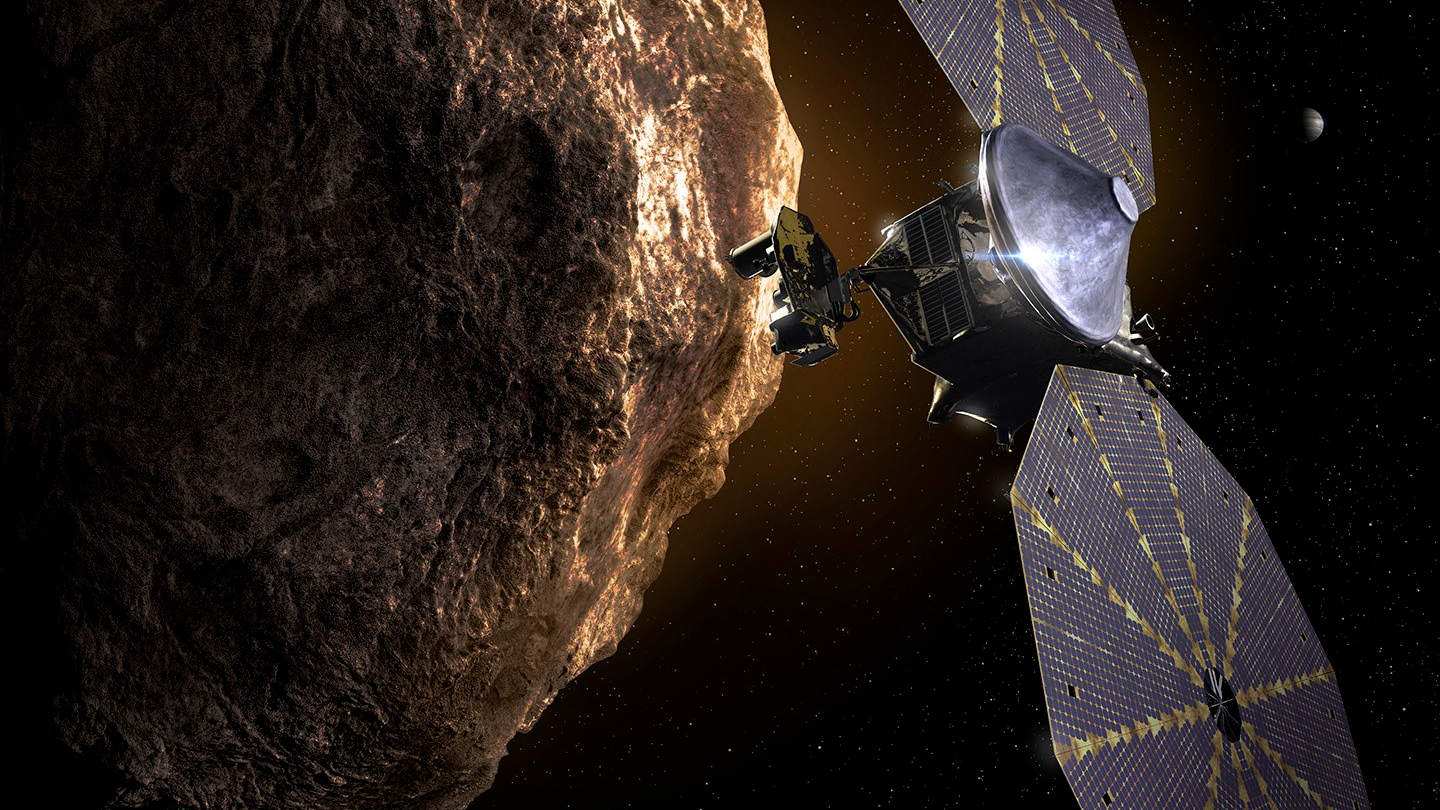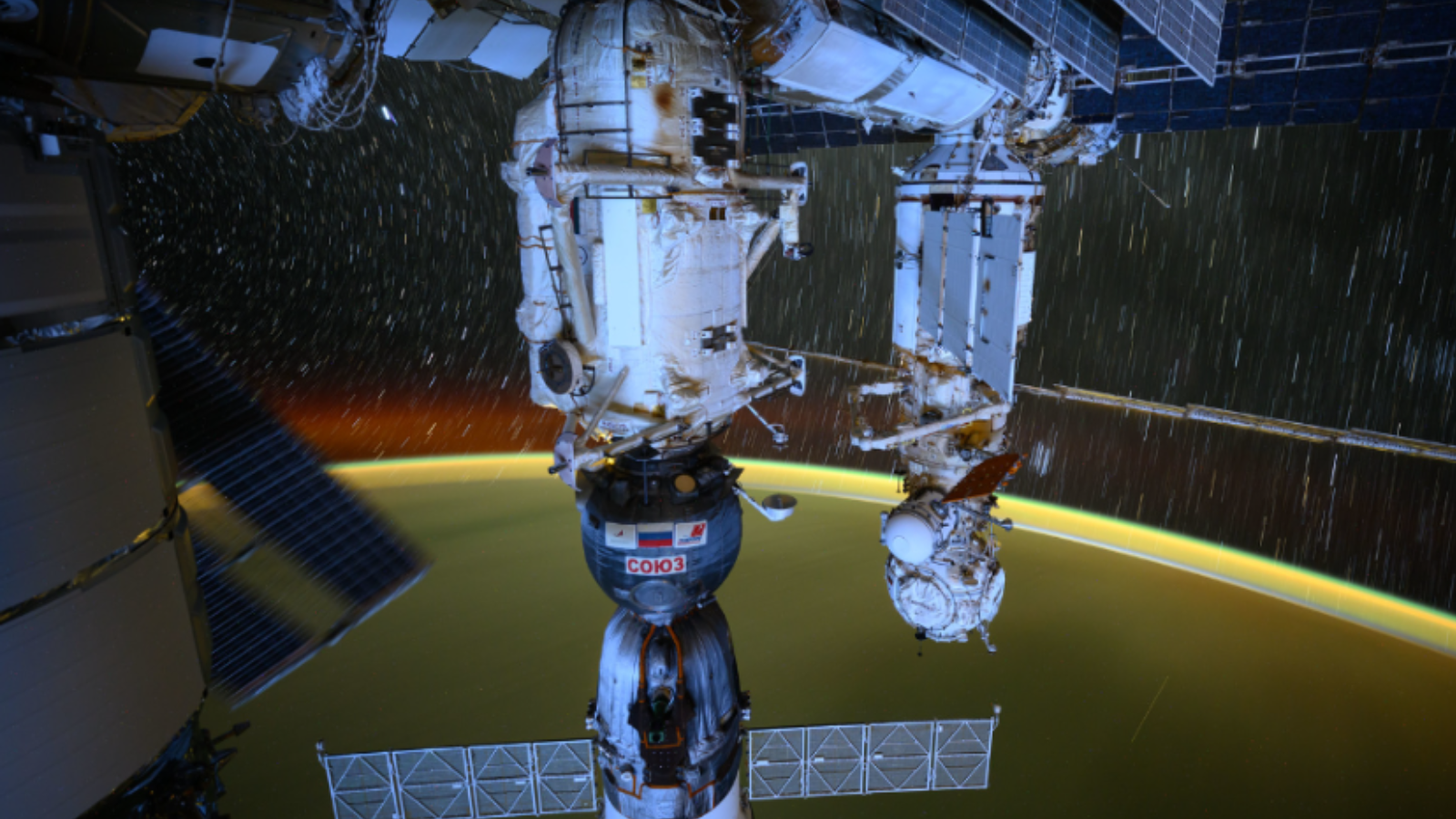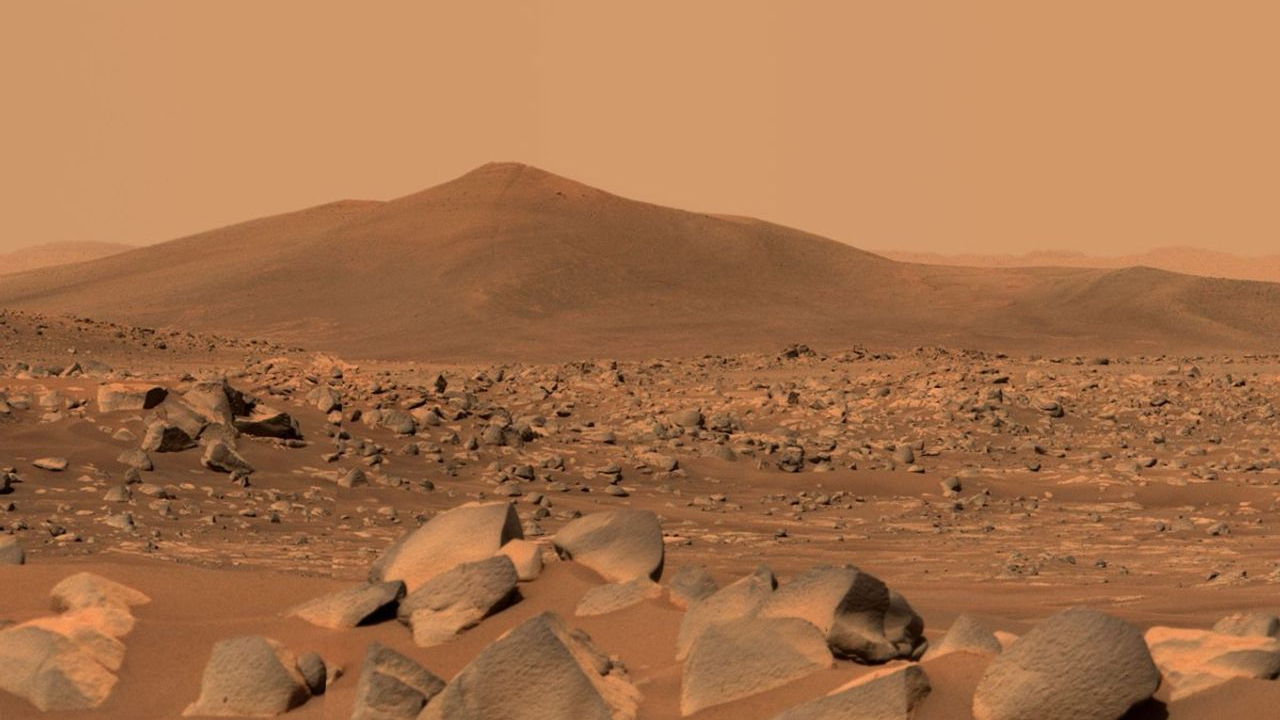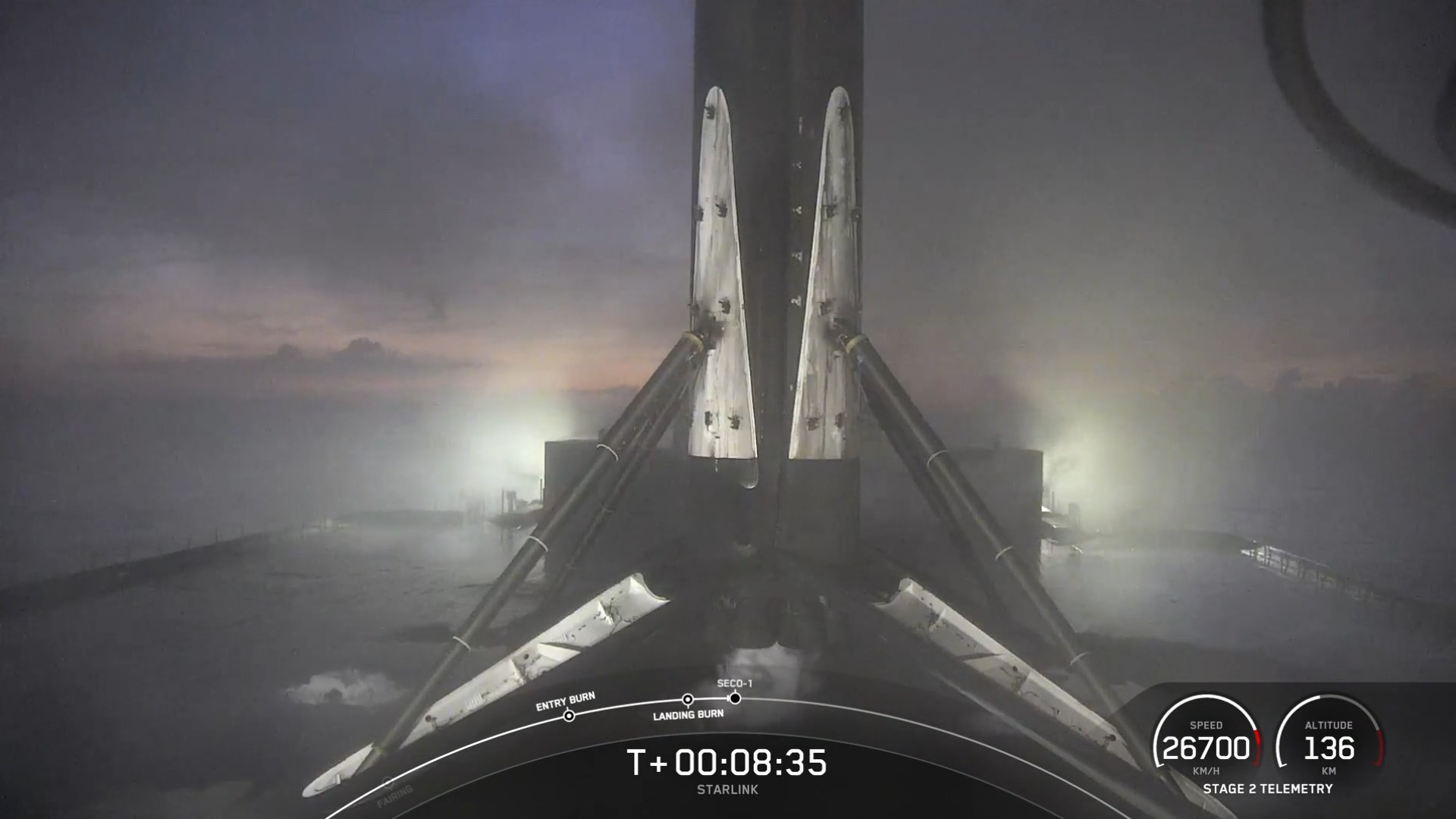Partial solar eclipse delights skywatchers around the world (photos)
The partial solar eclipse of March 2025 did not disappoint as observers turned their eyes and cameras to the sky.
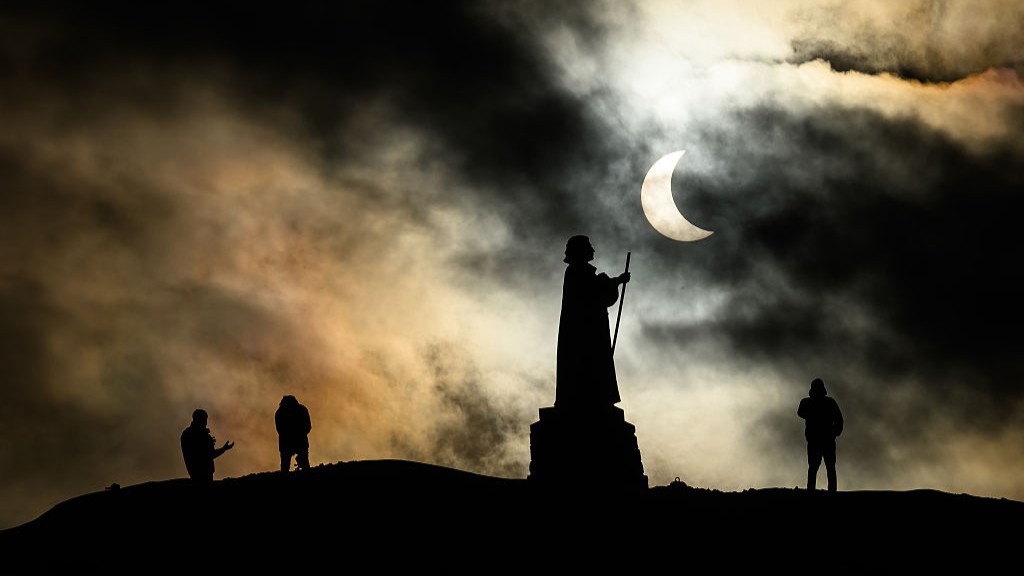
On March 29, during a partial solar eclipse, the moon bit off more than it could chew, taking a dramatic 'bite' out of the sun. From crisp crescent-shaped suns to the rare 'devil's horns' and 'double sunrise,' March's solar eclipse left skywatchers in awe — especially those in the right place at the right time.
A partial solar eclipse occurs when the moon partially covers the sun, leaving a glowing crescent. Globally, the eclipse began at 4:50 a.m. EDT (0850 GMT), with the maximum eclipse peaking at 6:47 a.m. EDT (1047 GMT). Skywatchers in parts of North America and Europe, and enjoyed the best views.
Unlike a total solar eclipse, the sun was never completely blocked, so observers needed solar viewing equipment such as solar eclipse glasses or special solar filters on their cameras, telescopes and binoculars to enjoy the sun safely.
This solar eclipse was especially memorable for me — it was the best one I've ever seen! Unfortunately, last April’s total solar eclipse was a bust for me, and the U.K.’s weather tends to be uncooperative for celestial events, often hiding them behind thick clouds. But not today!
Armed with a kitchen colander, solar eclipse glasses and a pair of Celestron EclipSmart binoculars I enjoyed front-row seats to the marvelous solar show from Nottingham, U.K.
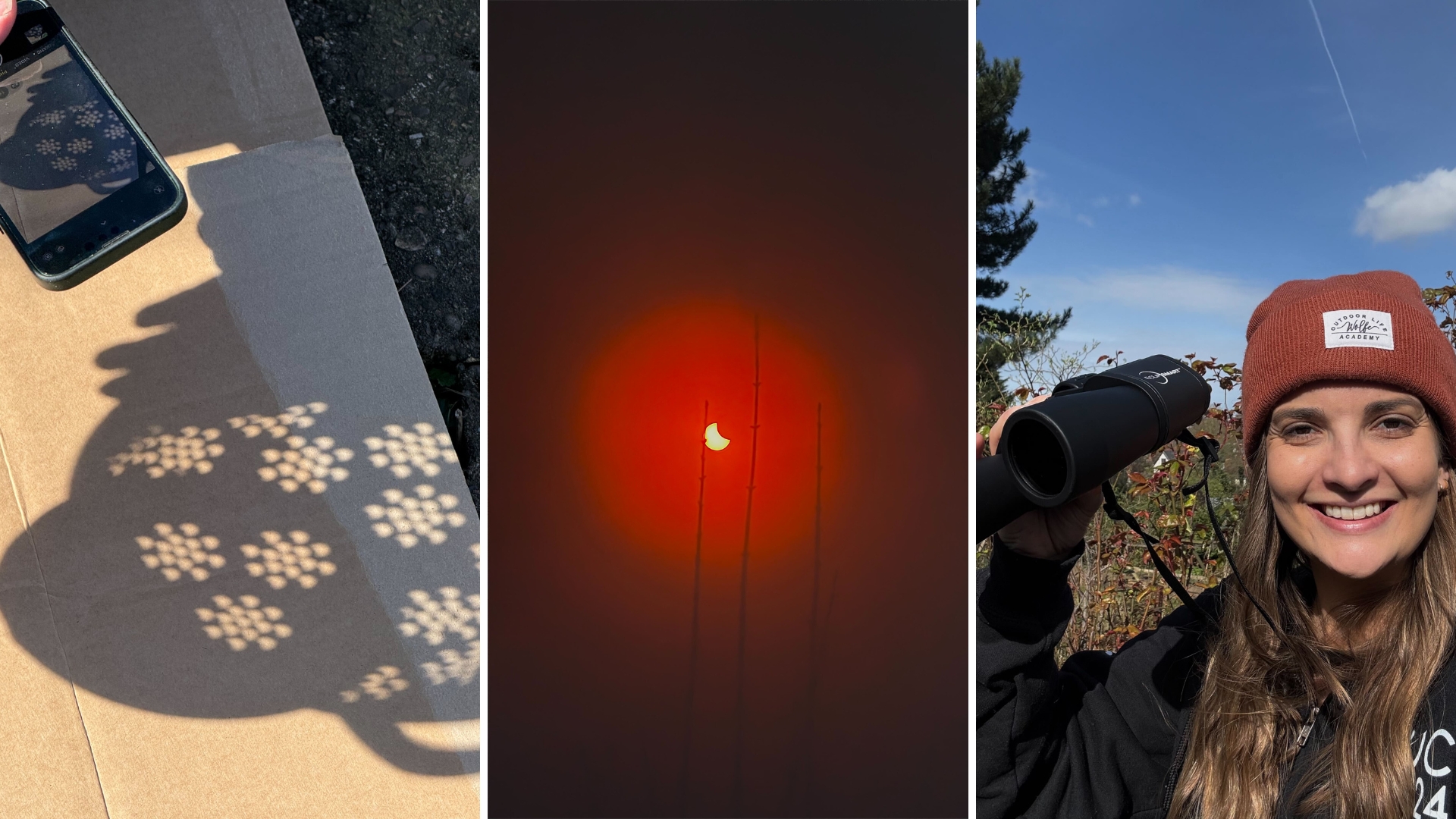
In the photo below captured by Andy Moran in Nottingham, U.K., a sunspot is visible in the upper left corner as the moon moves in on the right.
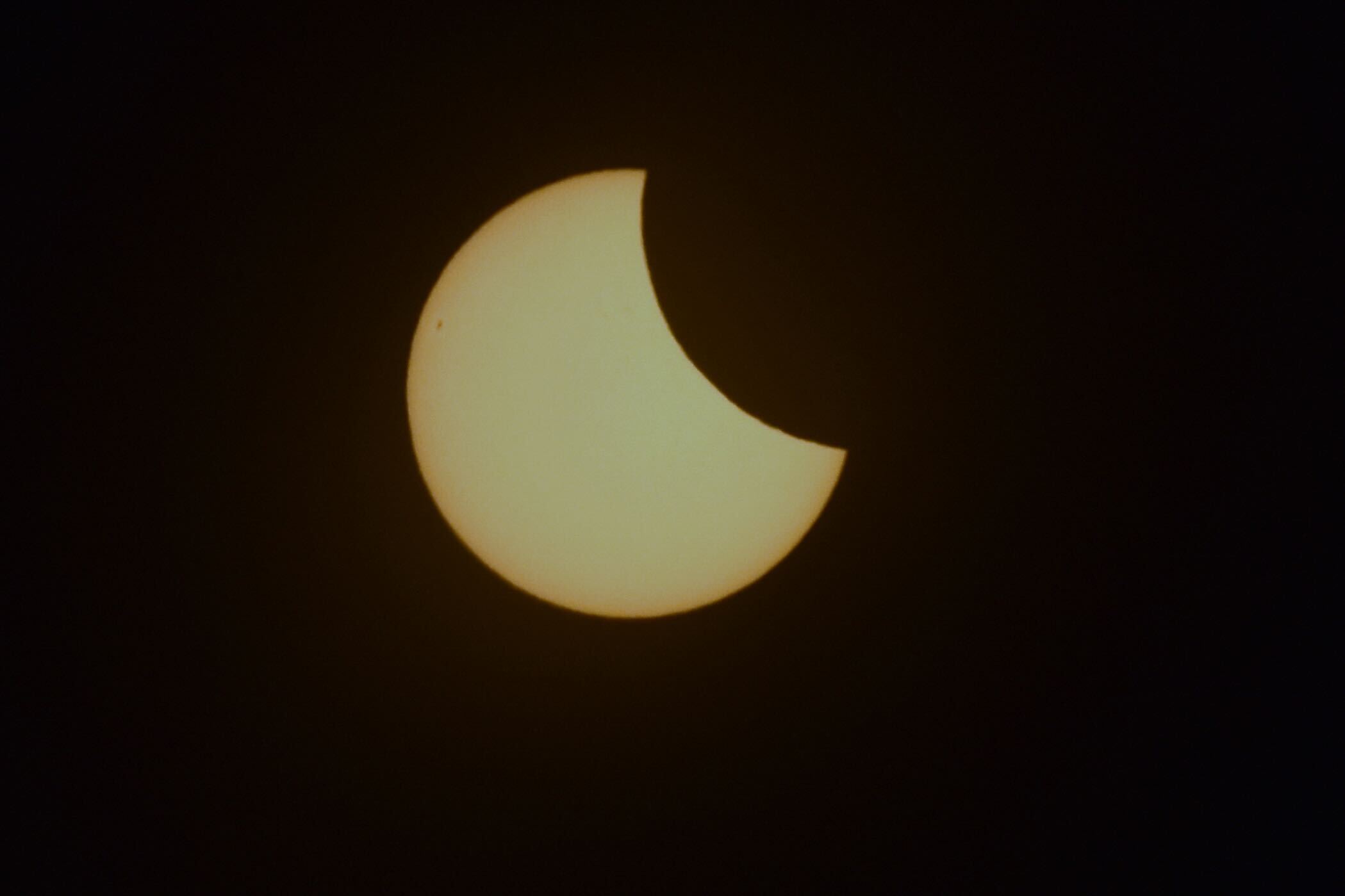
"The lunar eclipse the other week was disappointingly cloudy, making the chance to watch and photograph today's solar eclipse more exciting." Andy Moran told Space.com.
Get the Space.com Newsletter
Breaking space news, the latest updates on rocket launches, skywatching events and more!
Meanwhile, at Stonehenge, the clouds in the sky slipped away just in time to offer great views of the eclipse over the ancient monument.
"Look how the skies have cleared up," astrophotographer Josh Dury said in a video update. "So lucky from England to have some of the best clear skies for this event."
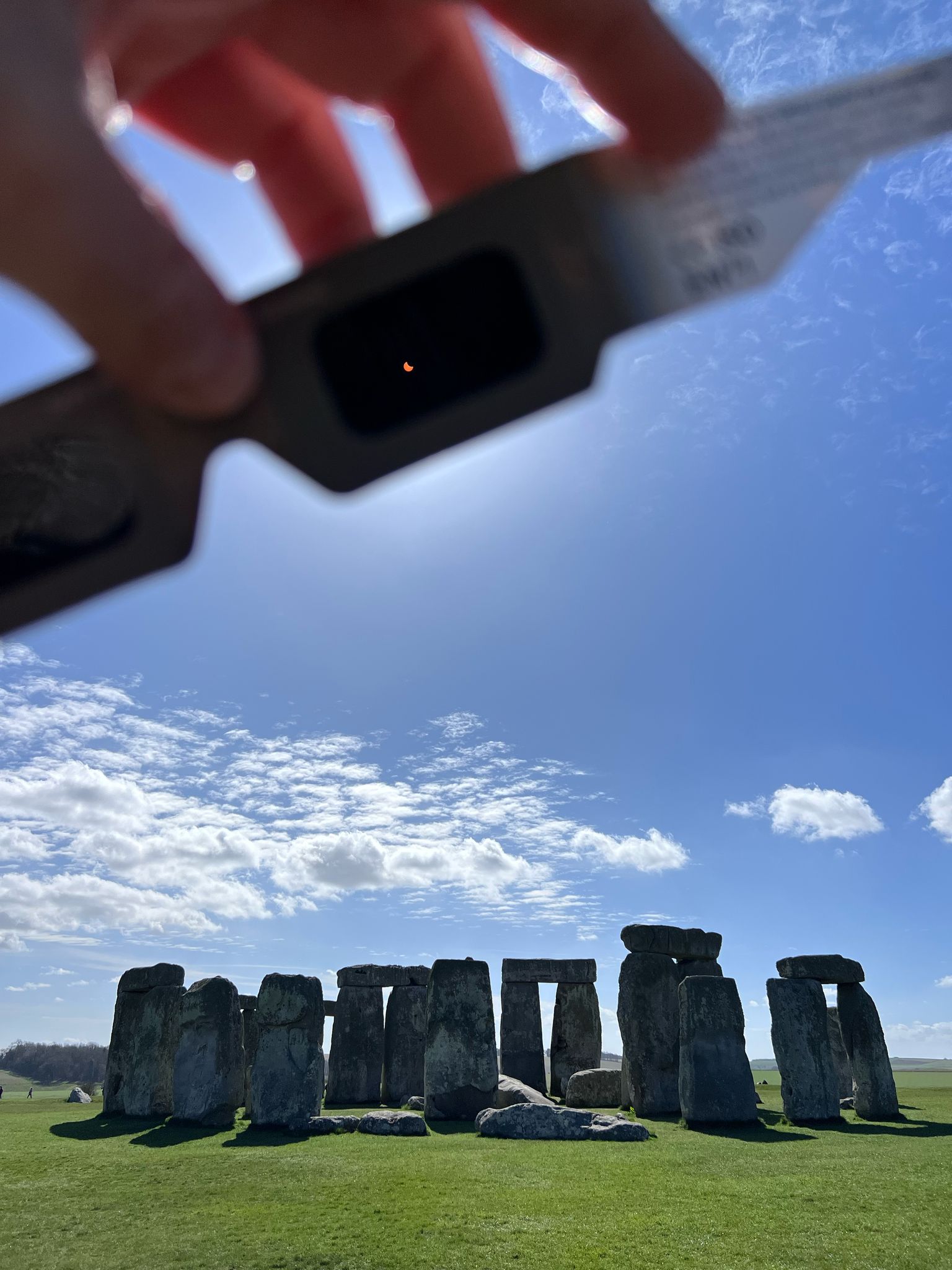
The deep partial solar eclipse looked magnificent over the statue of Dano-Norwegian Lutheran missionary Hans Egede in Nuuk, Greenland in this photograph captured by Leon Neal.
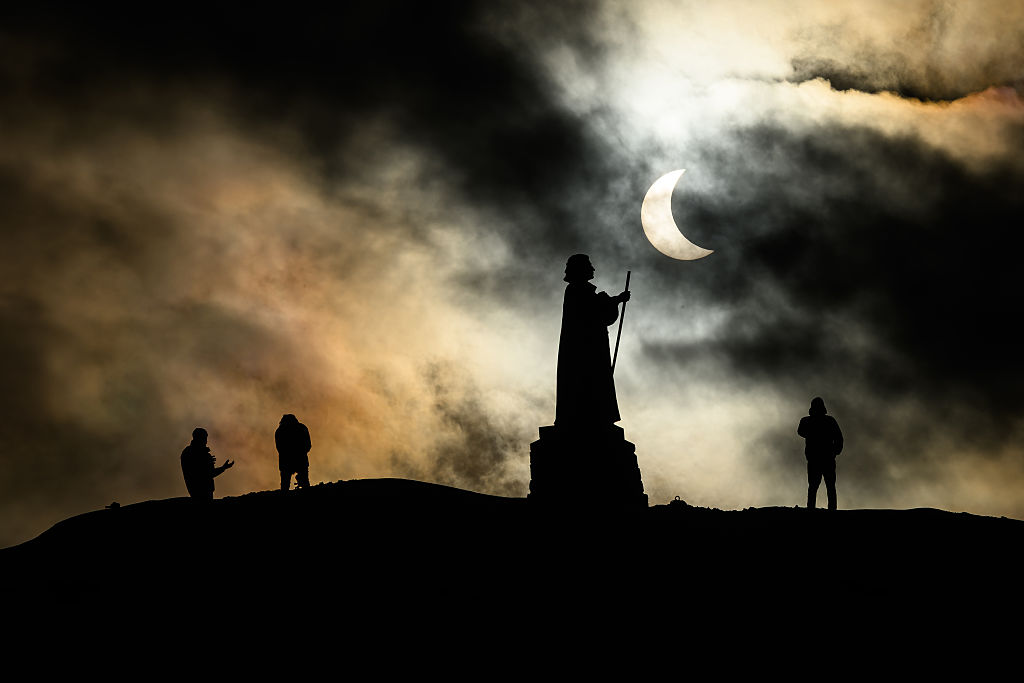
Another photograph from Nuuk, Greenland shows a thin crescent sun as the moon covers a majority of the solar disk.
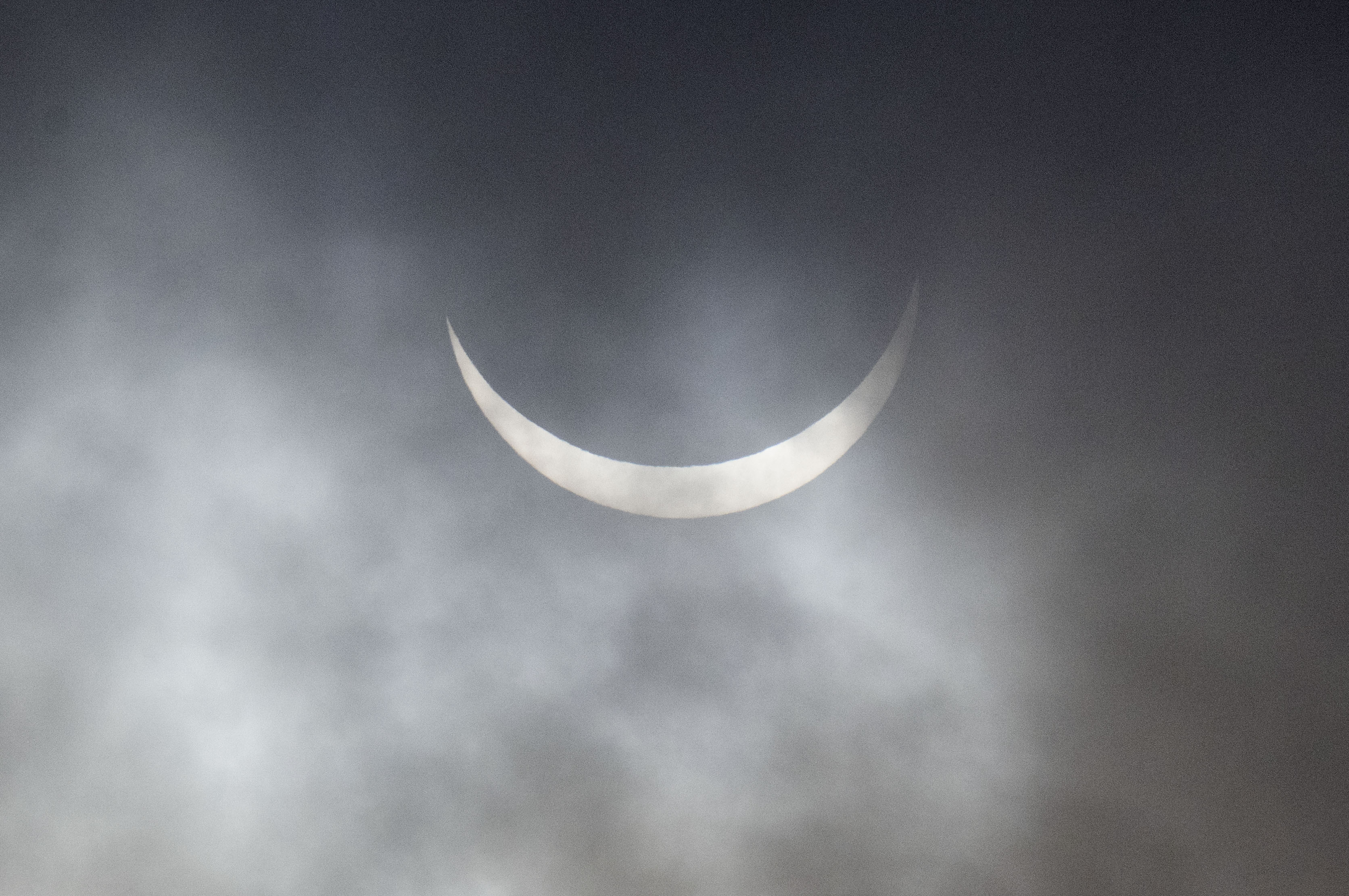
In France, the partial solar eclipse battled its way through the cloud and put on a rather moody looking display.
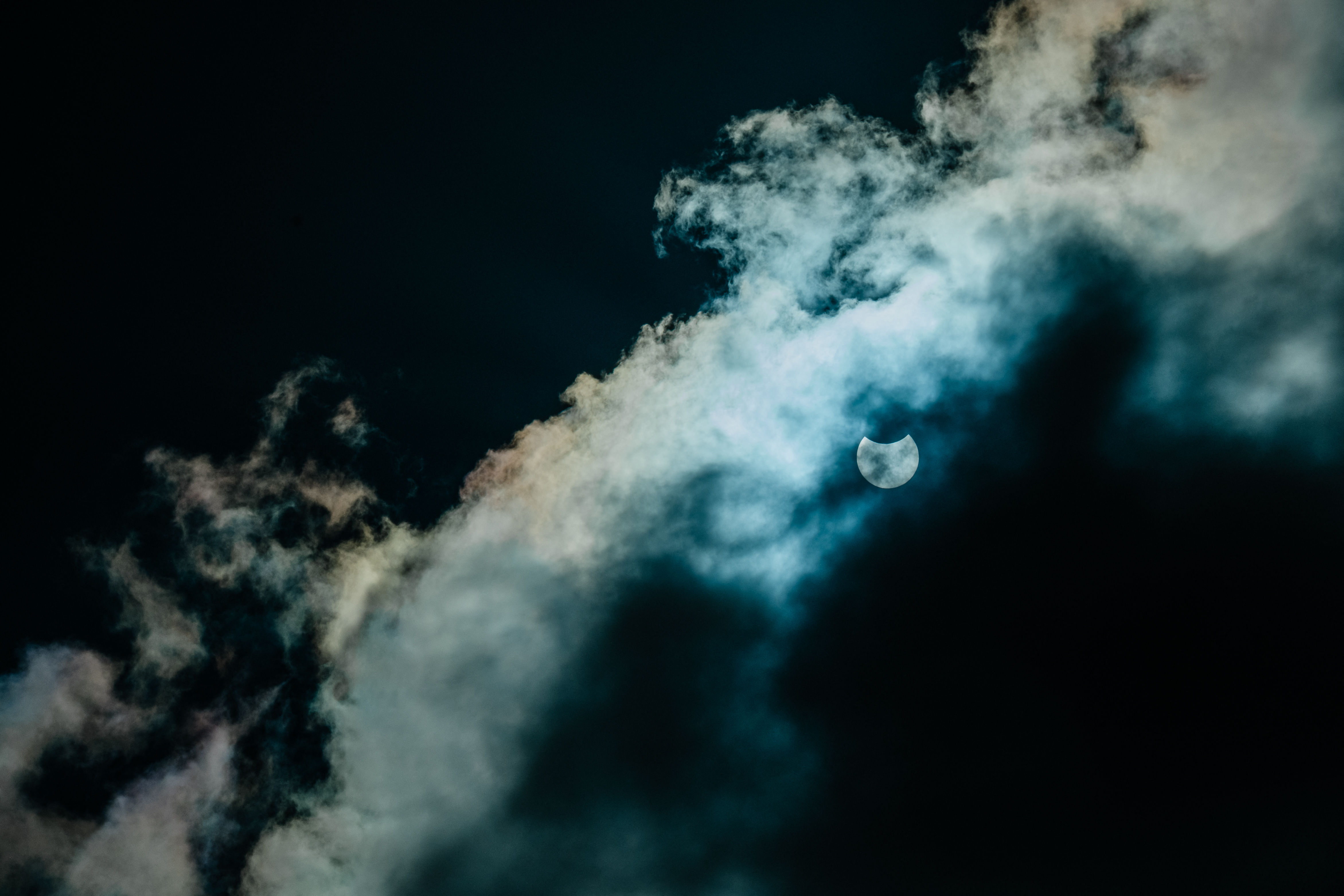
In the photograph below captured by Nathan Stirk, skywatchers at the Keele Observatory, Keele, U.K. gather to watch the partial solar eclipse.
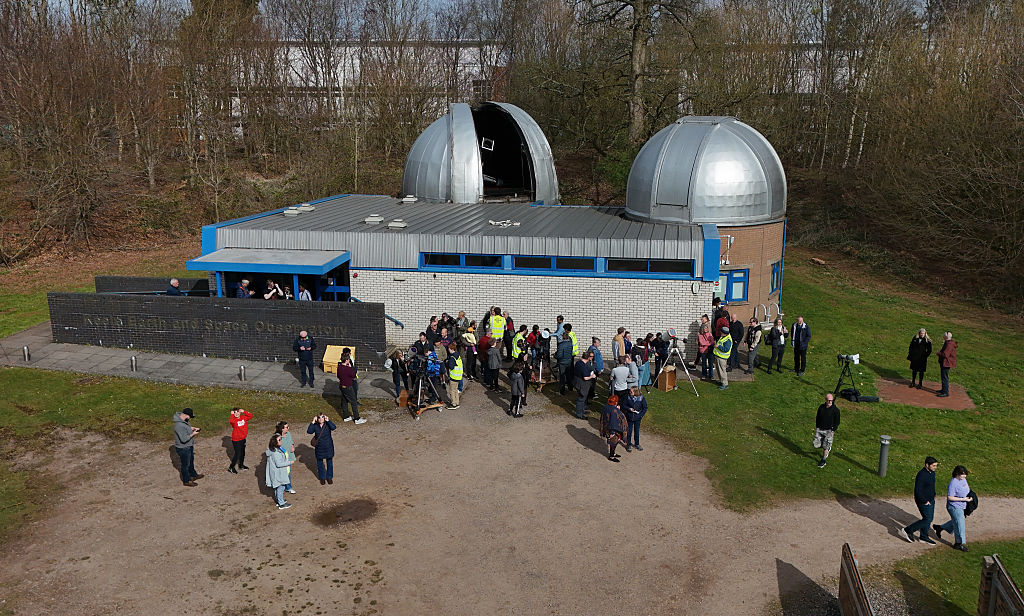
Photographer Paul Ellis captured this striking image of the partial solar eclipse behind the Liver Bird statue on the top of the Royal Liver Building, Liverpool, U.K.
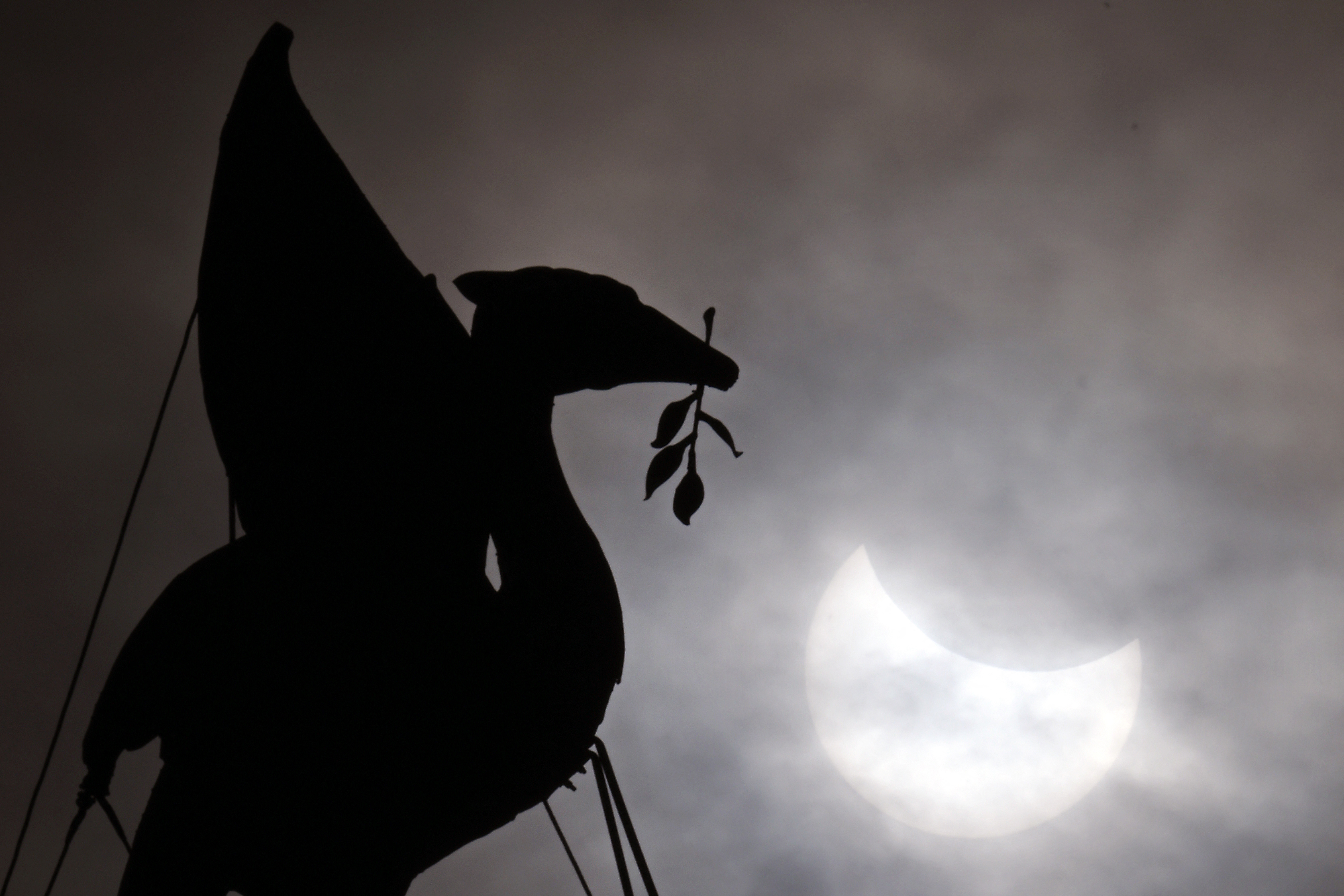
In northern Spain, people enjoyed the view of the partial solar eclipse through protective screens as they watched from the hill of Burgos' castle, in Burgos.
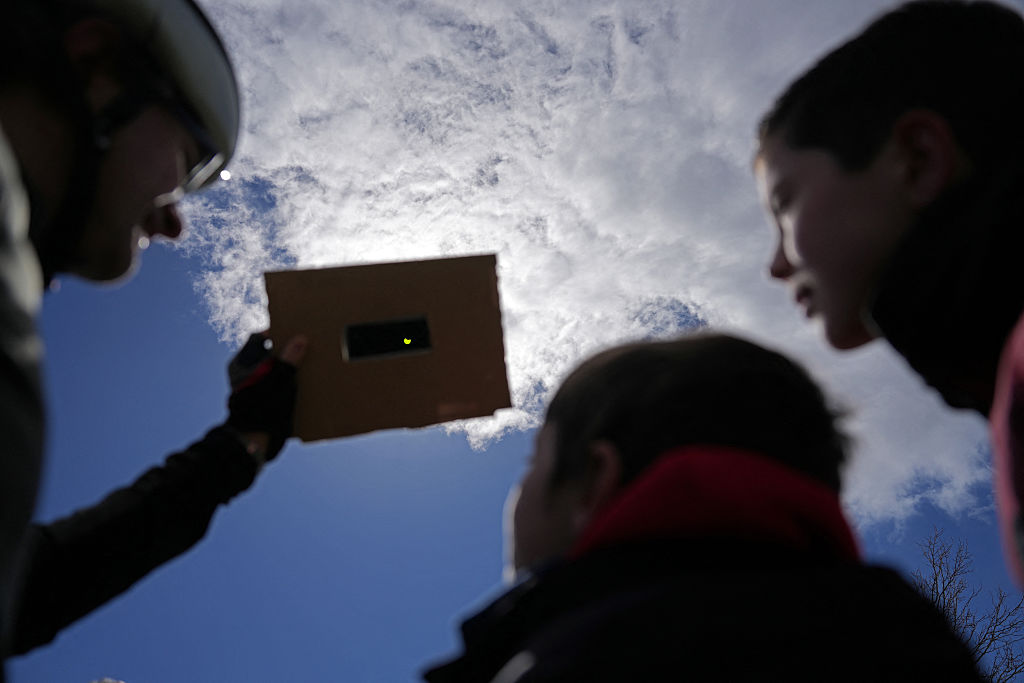
Another dramatic photograph of the partial solar eclipse was captured from the Municipal Cemetery of San Amaro, on 29 March, 2025 in A Coruña, Galicia, Spain.
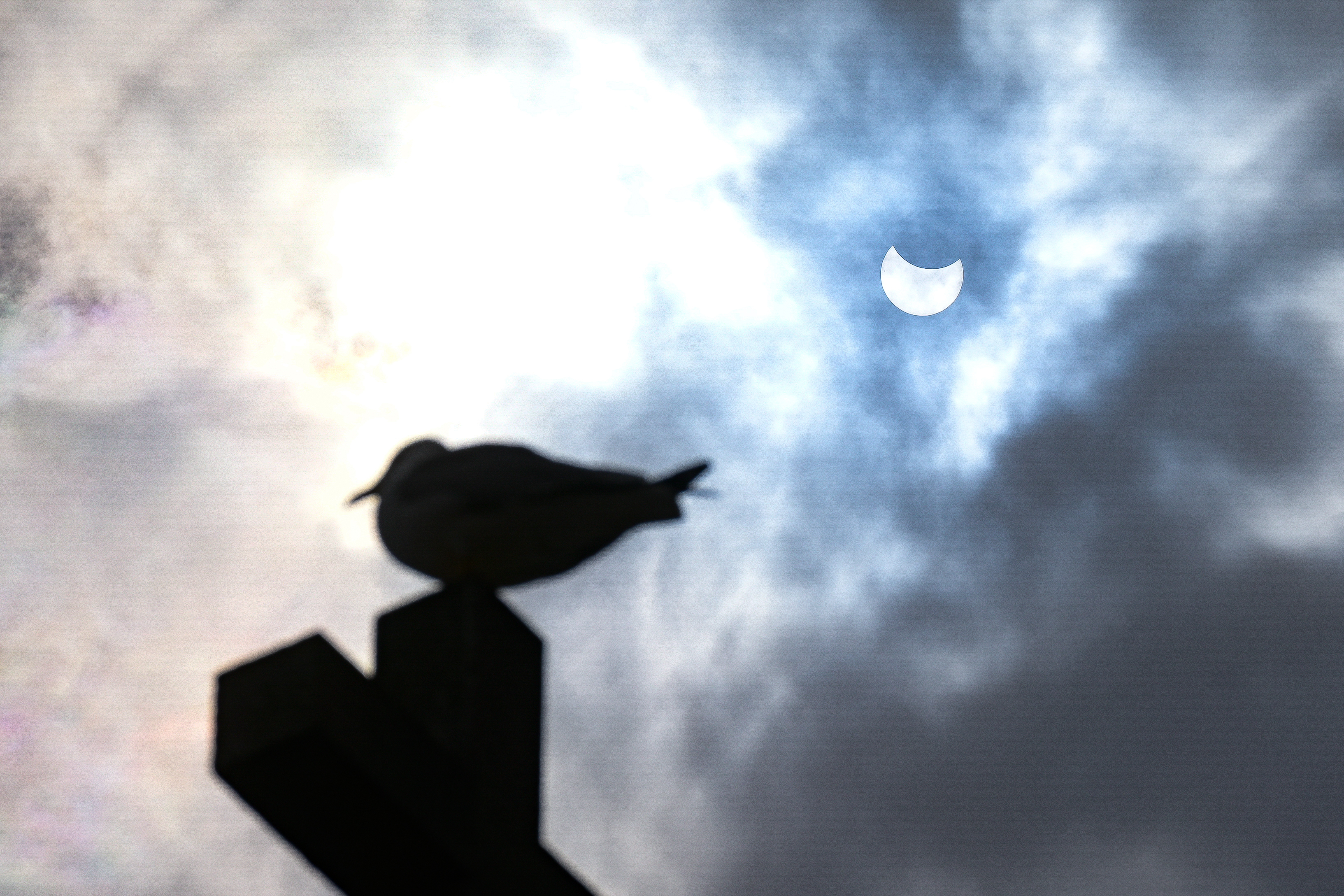
Next solar eclipse?
If all this eclipse action has left you wanting more don't worry you don't have to wait too long for the next solar eclipse. A partial solar eclipse will occur again on Sept. 21, 2025, but unfortunately for most, it will visible from remote areas of the Southern Hemisphere.
Feeling inspired to take a more in-depth moonlit tour of our rocky companion? Our ultimate guide to observing the moon will help you plan your next skywatching venture, whether it be exploring the lunar seas, mountainous terrain, or the many craters that blanket the landscape.
You can also see where astronauts, rovers and landers have ventured with our Apollo landing sites observing guide. If you want to take a closer look at our closest star, our sun viewing guide tells you how to view the sun safely and what to look out for.
Join our Space Forums to keep talking space on the latest missions, night sky and more! And if you have a news tip, correction or comment, let us know at: community@space.com.
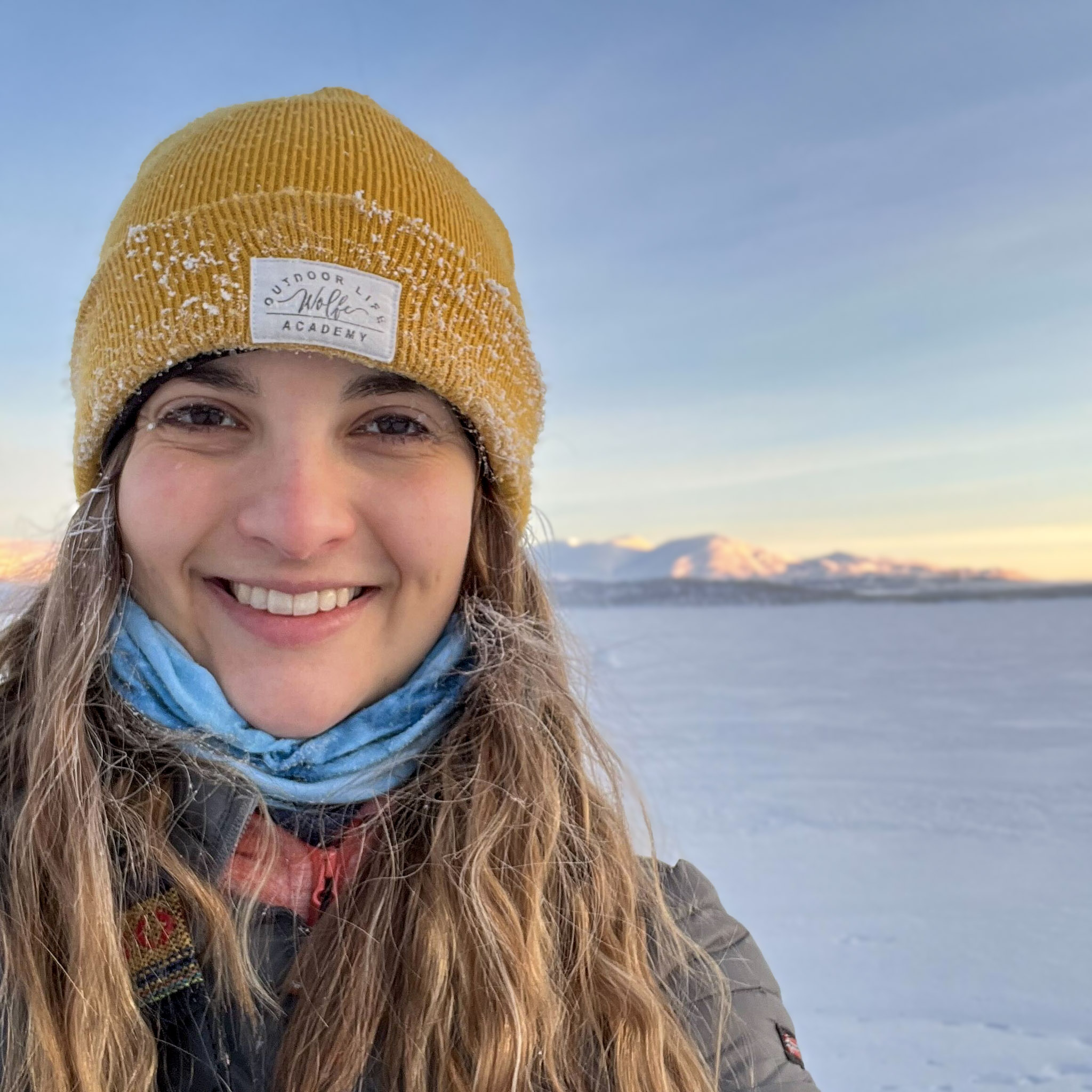
Daisy Dobrijevic joined Space.com in February 2022 having previously worked for our sister publication All About Space magazine as a staff writer. Before joining us, Daisy completed an editorial internship with the BBC Sky at Night Magazine and worked at the National Space Centre in Leicester, U.K., where she enjoyed communicating space science to the public. In 2021, Daisy completed a PhD in plant physiology and also holds a Master's in Environmental Science, she is currently based in Nottingham, U.K. Daisy is passionate about all things space, with a penchant for solar activity and space weather. She has a strong interest in astrotourism and loves nothing more than a good northern lights chase!
You must confirm your public display name before commenting
Please logout and then login again, you will then be prompted to enter your display name.
